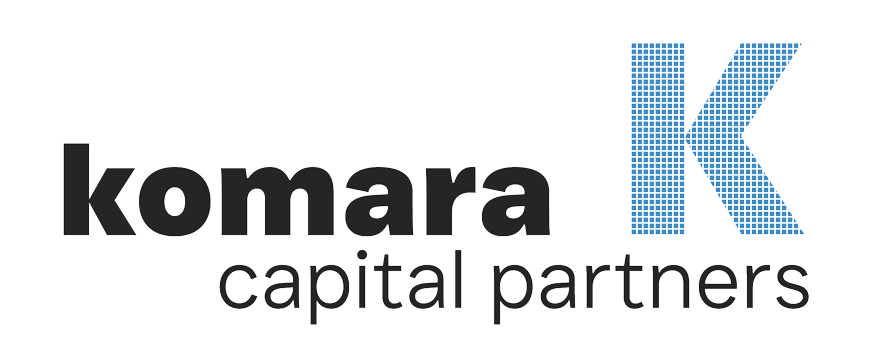Tariffs And Recent Market Volatility
March 18, 2025

If you’ve been following the news lately, you know that the stock market has been quite volatile.
For instance, the S&P 500 is down 3.5% and the Nasdaq has dropped 7.8%, both year-to-date as of market close 3/17/2025.
While tariff talks have contributed to this volatility, they are not the only influence. New policies emerging from Washington, D.C., have added an element of uncertainty for businesses, consumers, and investors. As history shows, the stock market can be sensitive to this kind of uncertainty. There are various unknowns at play right now, such as how countries affected by tariff changes will react and how a potential rise in manufacturing costs, including materials and labor, may evolve.
Another consideration contributing to stock market volatility is the view held by some analysts that stocks may be priced higher than usual compared to historical trends. Indicators like the Buffet Indicator and the CAPE Ratio suggest that U.S. stocks are priced on the higher end. When stocks are perceived as overvalued, they may experience increased volatility, as investors react to any news that highlights the gap between stock prices and their underlying fundamentals.
We are currently witnessing a shift from a government-supported economy to one more reliant on the private sector. This transition, which is still unfolding, could be favorable for long-term economic growth. As Brian Wesbury, Chief Economist at First Trust, and Bob Stein, Deputy Chief Economist at First Trust, recently noted: “We think the policy changes that are underway will be positive for long-term growth. Keeping tax rates low, cutting regulations, and reducing the size of the government bureaucracy will boost the underlying growth rate of the economy in the future.”
This shift is similar to what we saw in the 1980s when President Ronald Reagan talked inflation. His economic policies contributed to a period of growth, though not without challenges. For context, when Reagan took office, the S&P 500’s PE Ratio was about 8; by the time President Donald Trump returned to the White House, it had risen to 28. Despite this, opportunities still exist, even with high valuations.
Scott Bessent, U.S Treasury Secretary, recently stated that the U.S. economy may slow as it transitions from relying on public spending toward more private-sector spending. He described this as a “detox” phase necessary to achieve a more sustainable equilibrium. He explained, “The market and the economy have just become hooked. We’ve become addicted to this government spending, and there’s going to be a detox period.” However, Bessent believes this transition does not have to cause significant economic pain, thanks to the Trump administration’s deregulation efforts, particularly in the banking sector.
In the meantime, please remember that Komara Capital Partners manages your investment accounts with a system that adapts to changing market conditions. This system aims to reduce exposure to declining asset classes while increasing exposure to assets in uptrends. We avoid attempting to time the market or predict its movements, as this approach can be risky. Instead, we make investment decisions based on current market conditions (prices) and the trends they indicate. Our focus is to help ensure that emotions do not influence sound investment choices – whether it’s deciding when to buy, hold, or sell.
Let’s take a deep breath. We will navigate through this, and I believe that we will be much better off in the long run.
Sourcing: FRED, Federal Reserve Bank of St. Louis, S&P 500 Index ($SPX), as of 3/17/2025 and FRED, Federal Reserve Bank of St. Louis, Nasdaq Composite ($NASX) as of 3/17/2025
Let's Talk
If you have any questions about how recent events are impacting your investments
